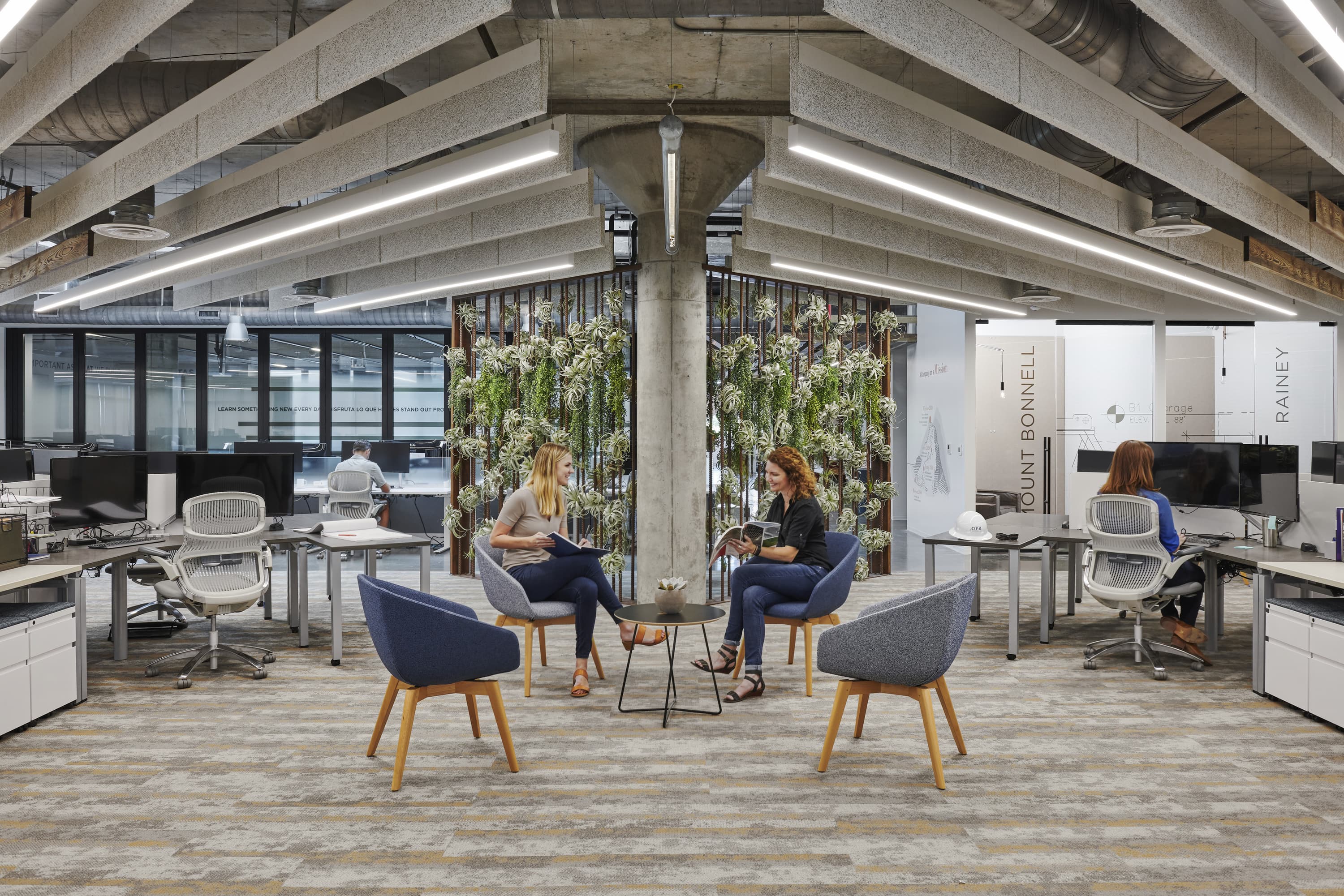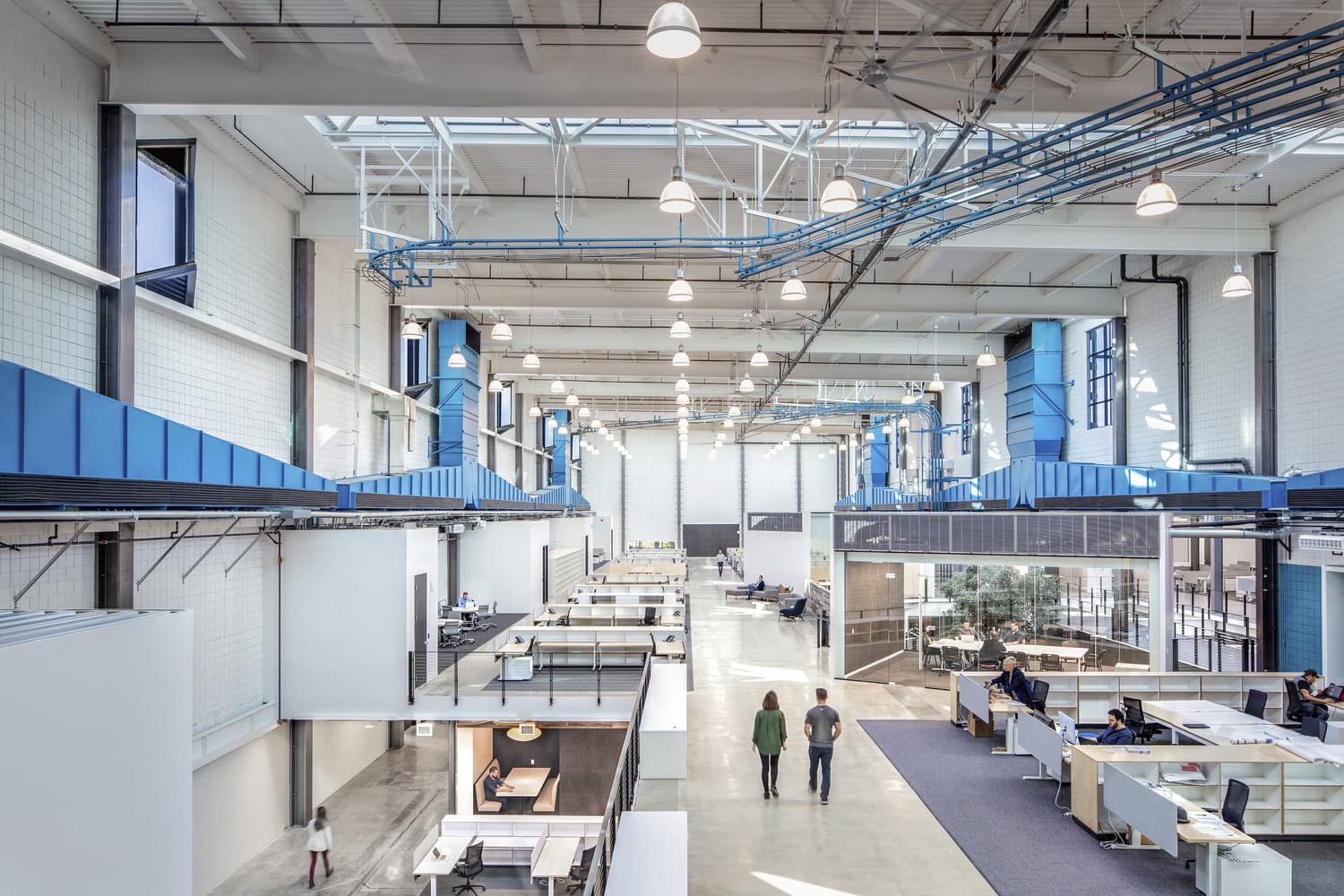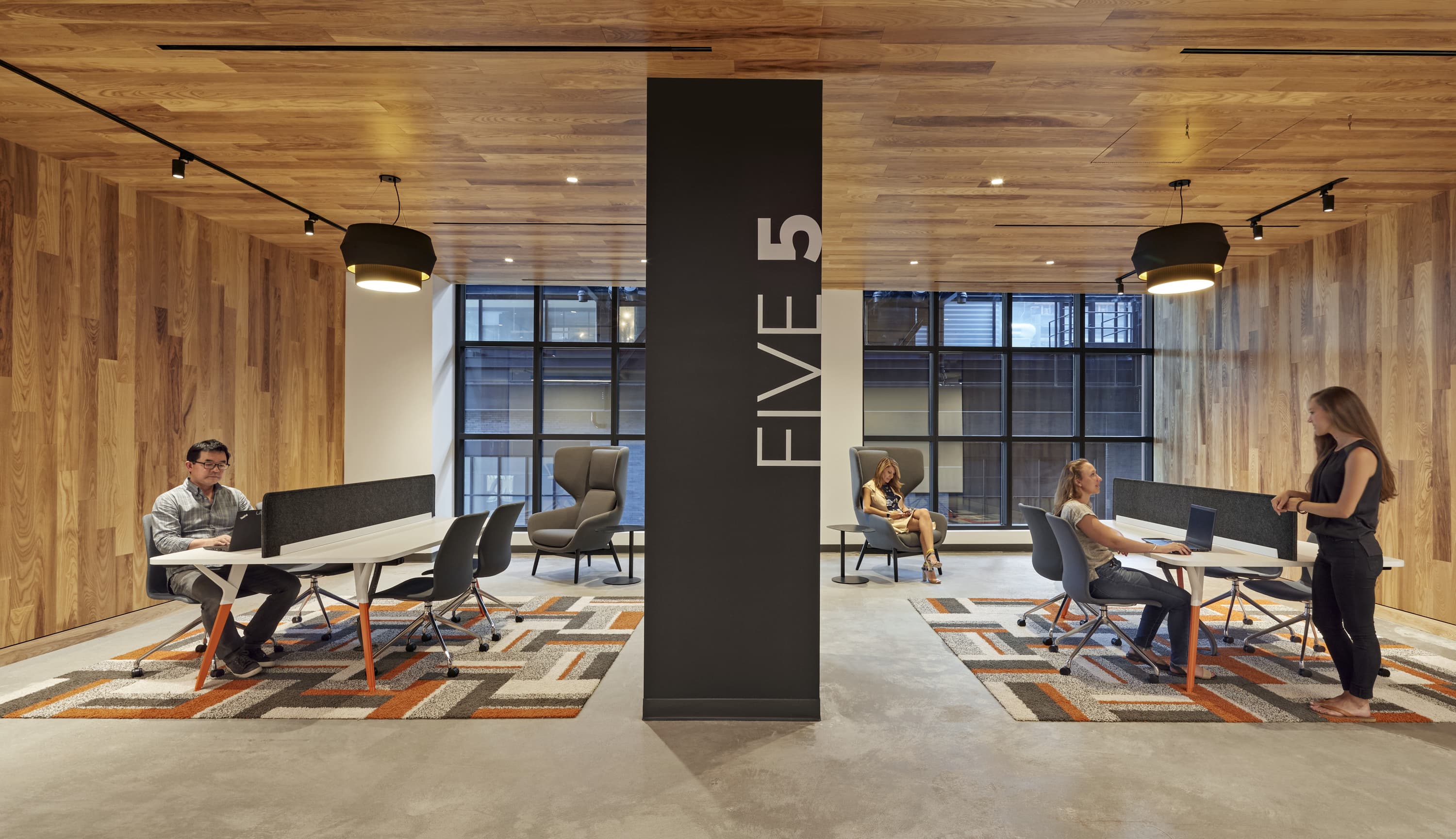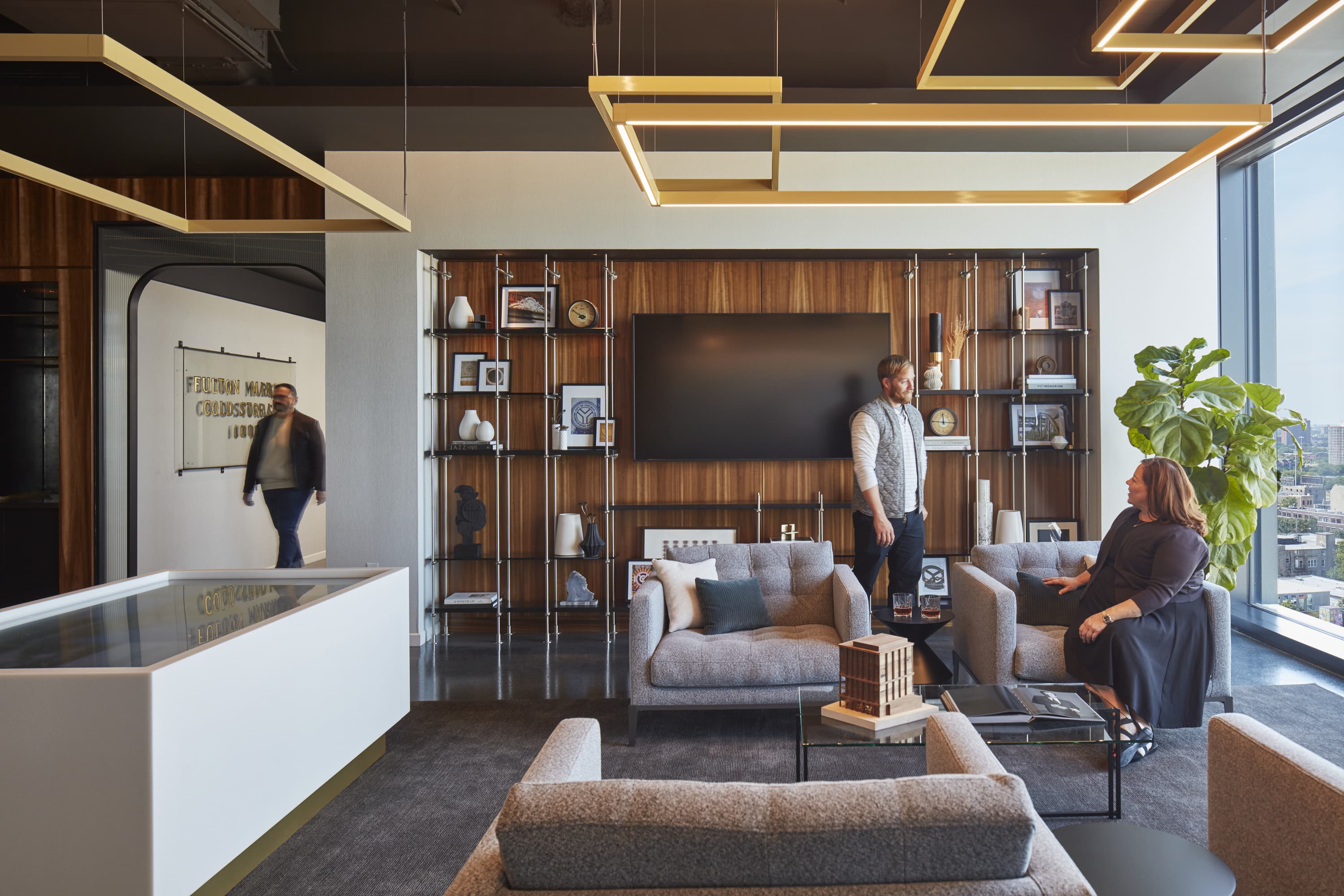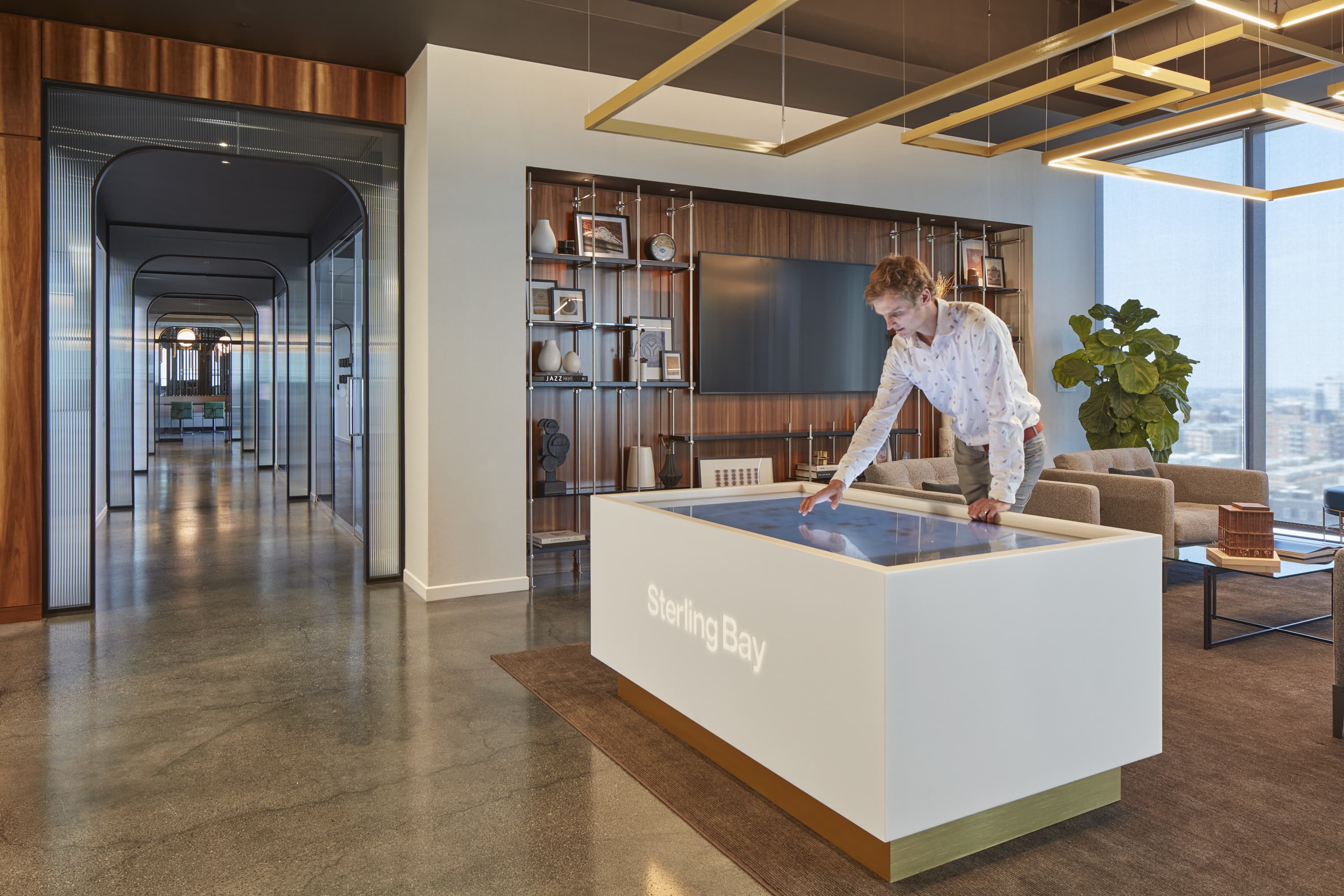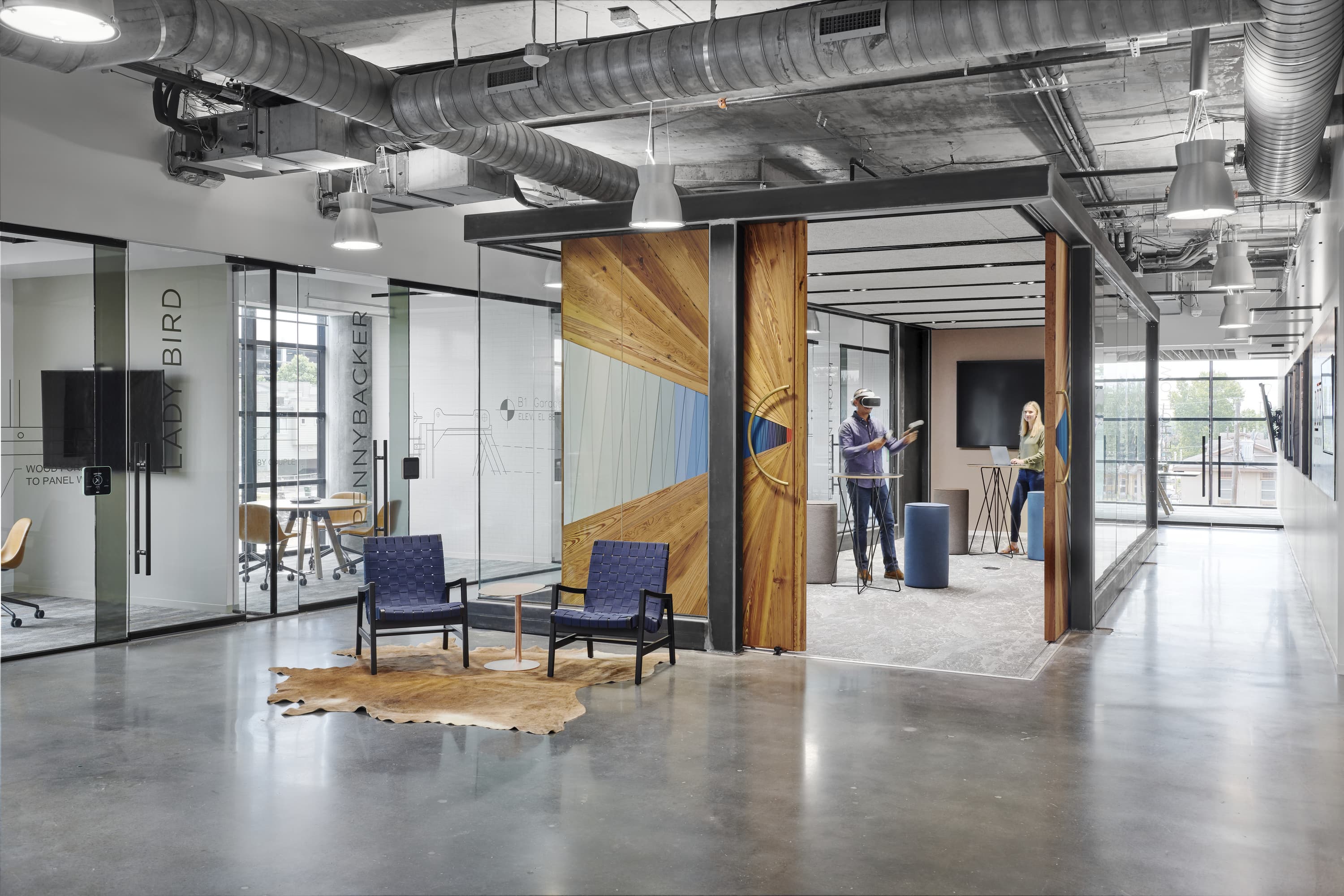It wasn’t too long ago that we believed that design teams had to actually sit next to each other in the same room to be able to do their work. Our firm even had a few offices that would rearrange the studio to make sure that all teammates were within arm’s length of each other—all based on the ebb and flow of project work. Boy, have times changed. I am hesitant to imply that anything good has come out of our journey through the pandemic, but I do wonder if, in the end, the forced remote work that happened in the spring of 2020 may actually help our profession.
Like most firms, IA went remote overnight. Our 750 employee owners were notified on a Sunday that work on Monday would be remote. If I told you that IA had planned for such an event, I would not fault you for dismissing this blog post immediately and moving on to the next article about the virtues of having your dog next to you while working at home and how it makes you a better designer.
Thank goodness that our investment in technology over the previous years allowed this digital transition to happen without missing a beat. At IA we believe that the future of design revolves around a global view—leveraging the diversity of our firm to provide unique and bespoke solutions no matter where the appropriate talent is located. To that end, we had been working towards creating a framework designed specifically to accommodate any opportunity and ensure project teams would not be tethered by their physical location. We actually encourage and track work that is shared inter-office and reward those who are involved with spectacular outcomes.
At IA, we have discovered a lot about ourselves during these past months, and want to share our lessons learned with others.
Communication is critical. Our project leaders—spanning design, management, and technical—have been forced to be less reactive and more strategic. If your team is working remote, you have to plan your connections and make sure that your directions are clear and understandable. This alone will have a lasting impact on our profession.
Concern for the mental well-being of our employees is a top priority. The pressures of the current environment coupled with remote work have put an unprecedented stress on staff. Personal well-being has always been important, and pre-pandemic you could do a “drive-by assessment” while in the office, taking in visual cues that would allow you to intercede if necessary. Leaders now have to go out of their way to inquire about how staff is doing and must be prepared to provide advice or tools to help those who are coping. IA has multiple programs to benefit the well-being of our staff that include tools like Ginger: immediate and confidential online 24-hr support for our employees. But all of the tools combined cannot replace an interested and engaged leader; a trait that is more important than ever.
Innovation and agility is the key. These current times have also taught us that the world as we have envisioned it may not be the same moving forward. Designers must embrace this concept and not fear it. The pandemic has taught us that technology can be an ally, not just a means to an end. Our profession should lead in bringing new workplace experiences to our clients. We should speak of the design for virtual space the same way we speak of the design for physical space. The future will see the blending of physical and virtual space, and if we, as designers, do not seize the initiative and lead the blending of these two concepts, someone else will and if that happens we will concede one more of our advantages as creative leaders.
So, the future is going to be different, but we do feel it will be bright. Those who acknowledge the real impact of the world that we are currently living in and also embrace the future, as uncertain as it may seem now, will end up crafting the next generation of design.
